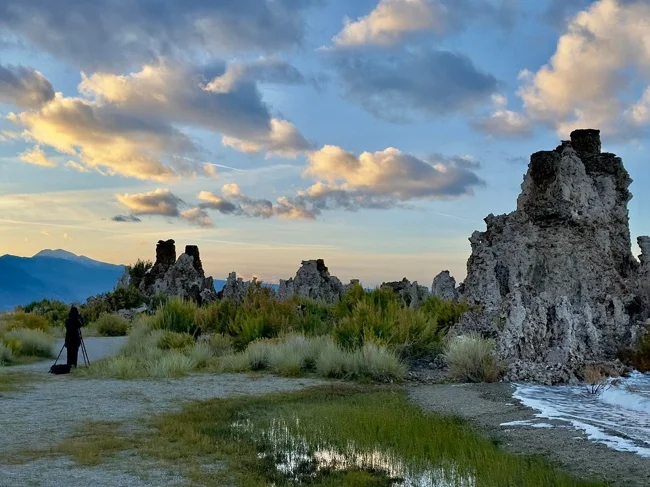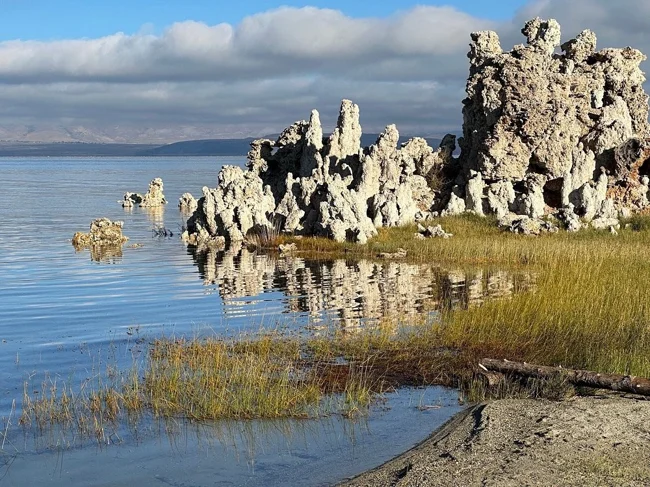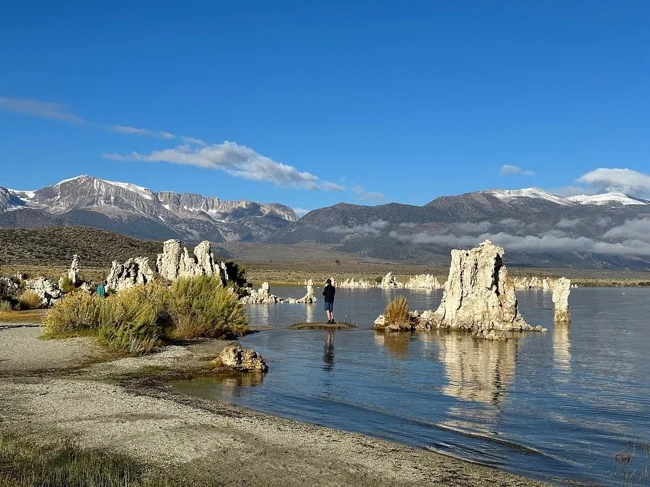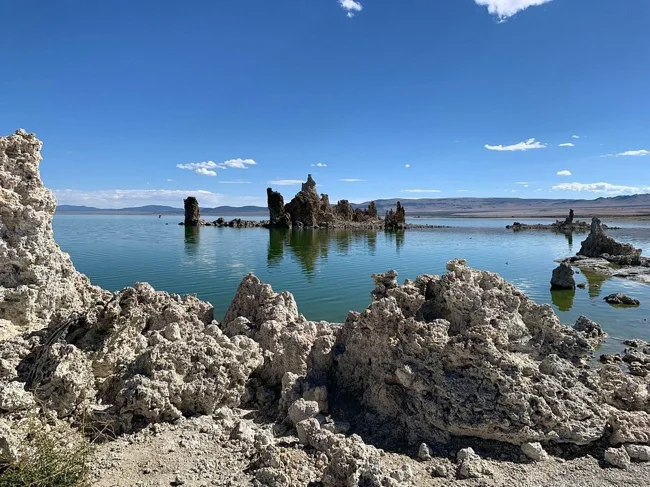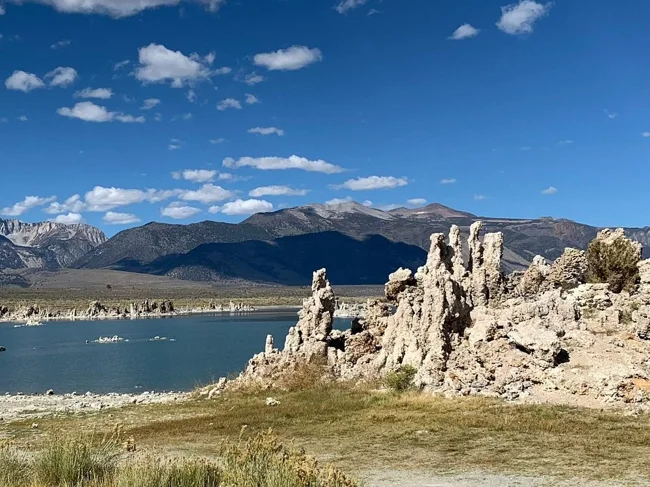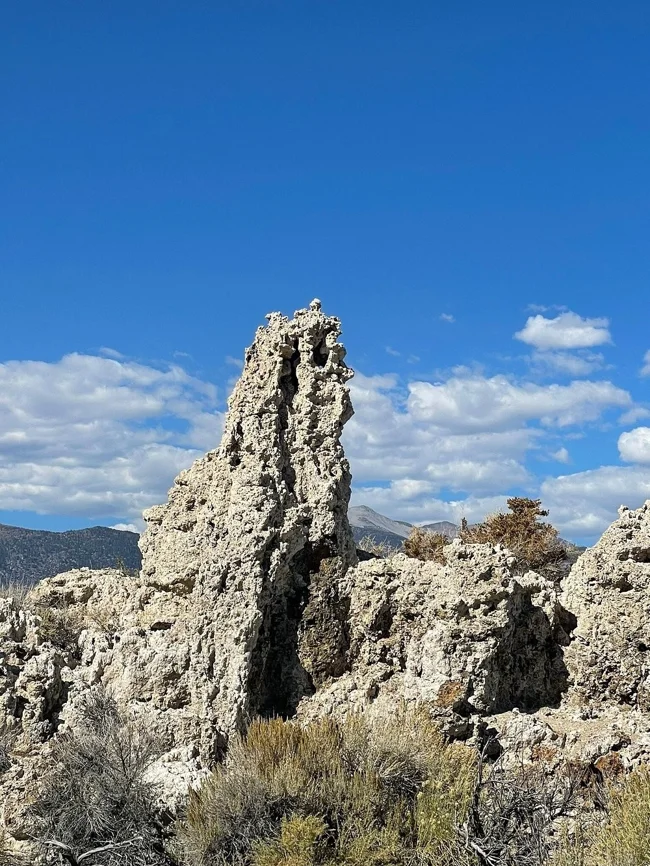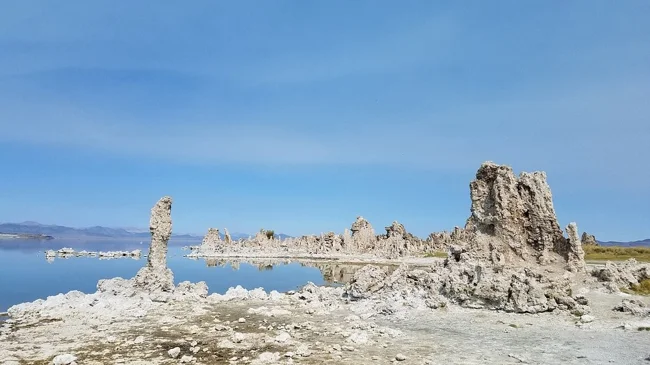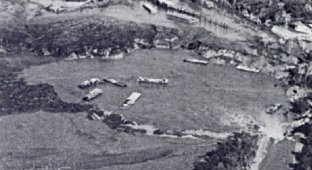Mono Lake: an ancient wonder of California (20 photos)
Aqueducts have forever changed this ancient body of water, which is now home to limestone towers and unique tiny shrimp. 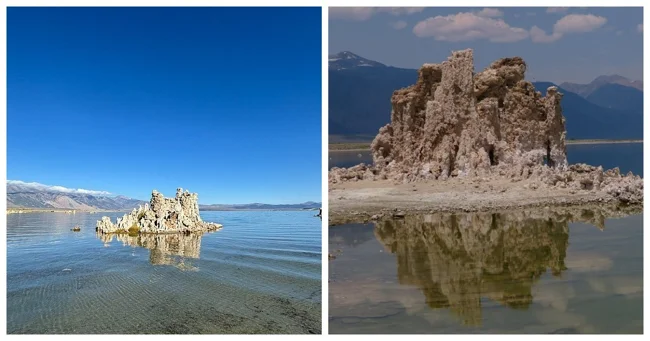
History of the Lake 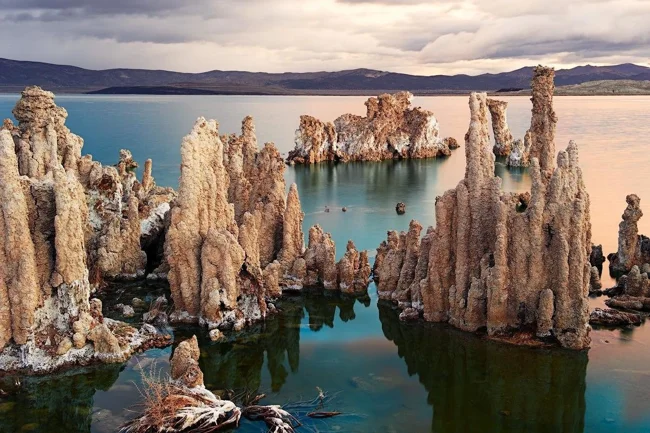
Scientists believe that Mono Lake was formed 760,000 years ago, making it one of the oldest lakes in North America. During the last ice age, it was 275 meters deep and surrounded by powerful volcanoes. The islands on the lake served as an important nesting site - 85% of California gulls began their lives here. 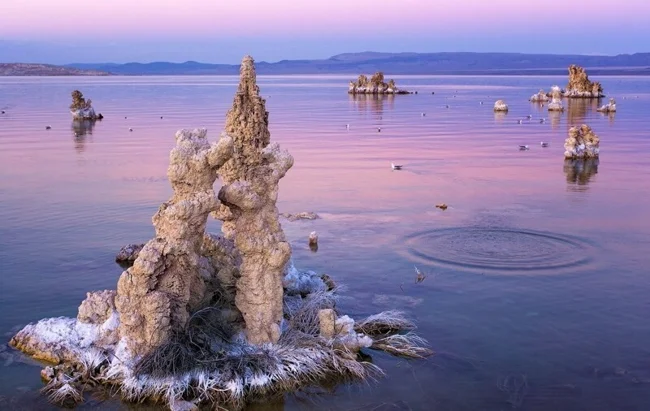
Everything changed in 1941, when the Los Angeles Water Department built an aqueduct and began diverting the lake's water 500 kilometers to the south. 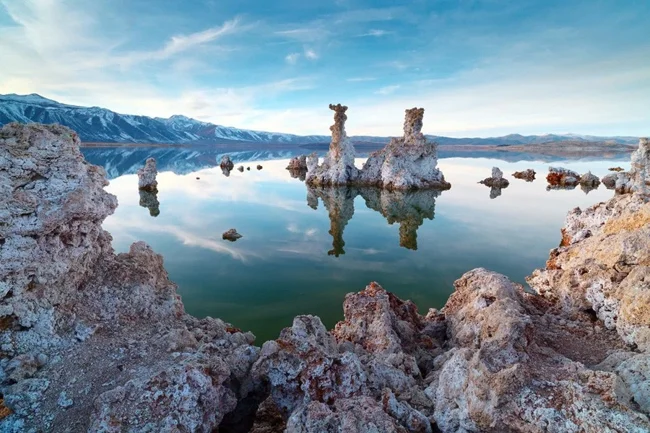
Due to the huge water withdrawal, evaporation began to exceed the inflow, and the lake level dropped by half, and the salinity doubled. By 1962, the reservoir had lost 7.5 meters of depth, and its ecosystem began to collapse. Predators (mostly coyotes) gained access to nesting sites, and the seagulls were forced to leave these places. 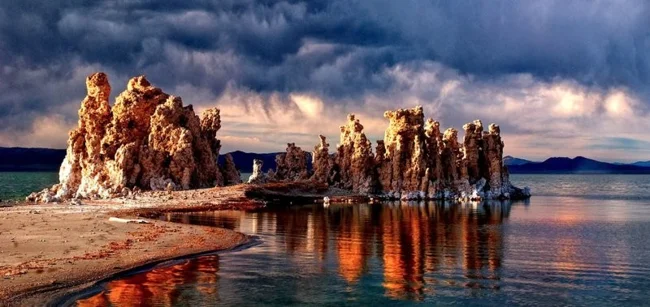
But this crisis also had an unexpected upside: bizarre limestone towers (tuffs), hidden under water for centuries, were exposed. These 30-meter spires, formed by underground springs, now attract tourists from all over the world.
Fight to Save 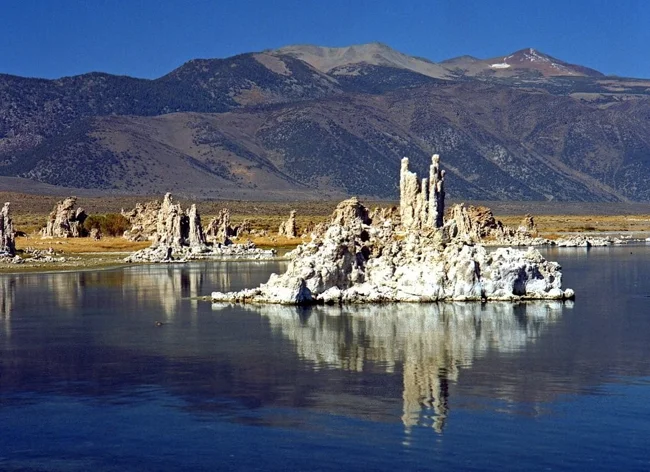
By 1978, the lake was on the verge of collapse, but biologist David Gaines created the Save Mono Committee to draw attention to the problem. Sadly, 10 years later, Gaines and his colleague Don Oberlin were killed in a car accident nearby. Despite the tragedy, the committee continued the fight, and now the lake is an important ecological and geological site.
A Unique Ecosystem 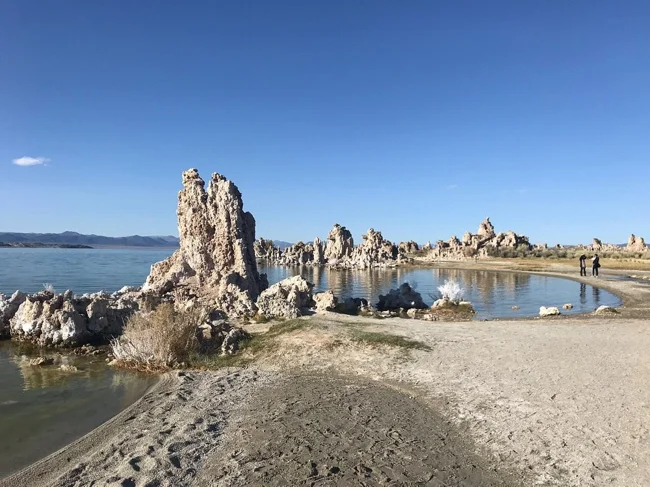
Due to the high salinity and alkalinity, fish do not survive here, but the lake is home to an endemic species of crustaceans — Artemia monica. These tiny creatures hibernate during the winter, and by spring their number reaches 4-6 trillion. 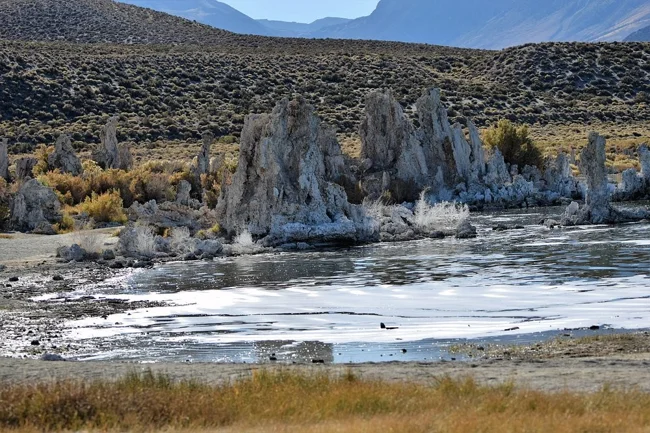
The crustaceans and flies feed on microscopic algae, which multiply so quickly in winter that by March the water turns green as pea soup. And the crustaceans and flies themselves, in turn, become food for millions of migratory birds. Each fall, 1.5 million eared grebes stop here to fortify themselves before their long journey. 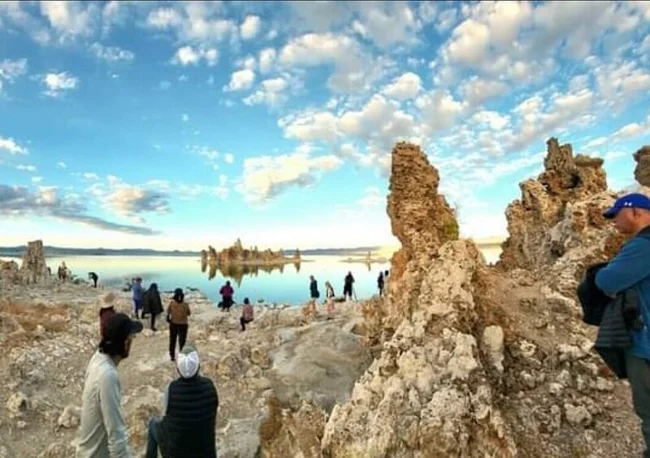
Although water levels are still below historical norms, Mono Lake remains one of the world's most productive ecosystems and a haven for geologists. 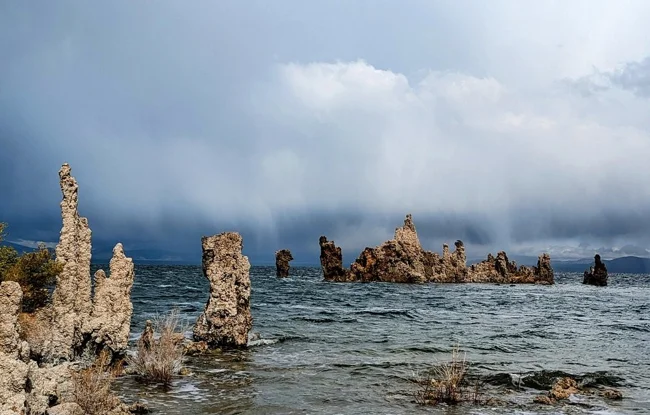
The Mono Basin region is an active seismic zone surrounded by volcanic features that are 1–3 million years old. Among them are the Mono Craters, a chain of 24 domes that are considered the youngest volcanic range in North America. 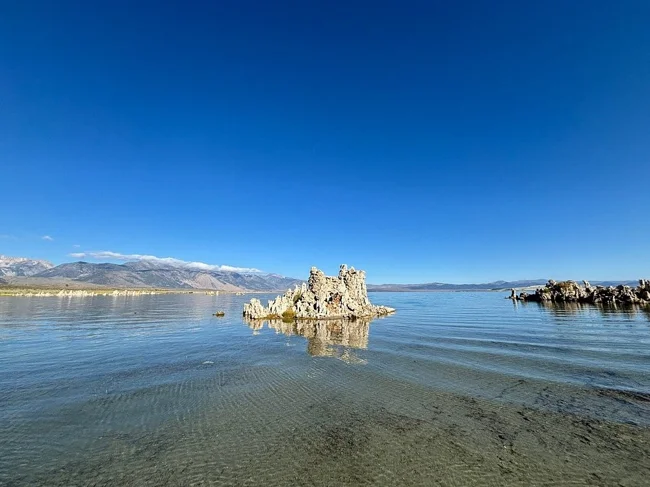
According to the Committee's calculations, it will take another 20 years to restore the water level to the 1948 meter mark (set by the authorities). But even then, the salinity of the lake will be twice as high as in the ocean. 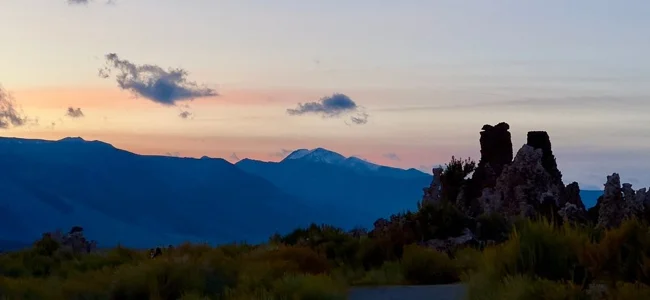
Nevertheless, Mono Lake continues to amaze - with its ancient history, unearthly landscapes and amazing life, which, despite everything, continues to flourish. 